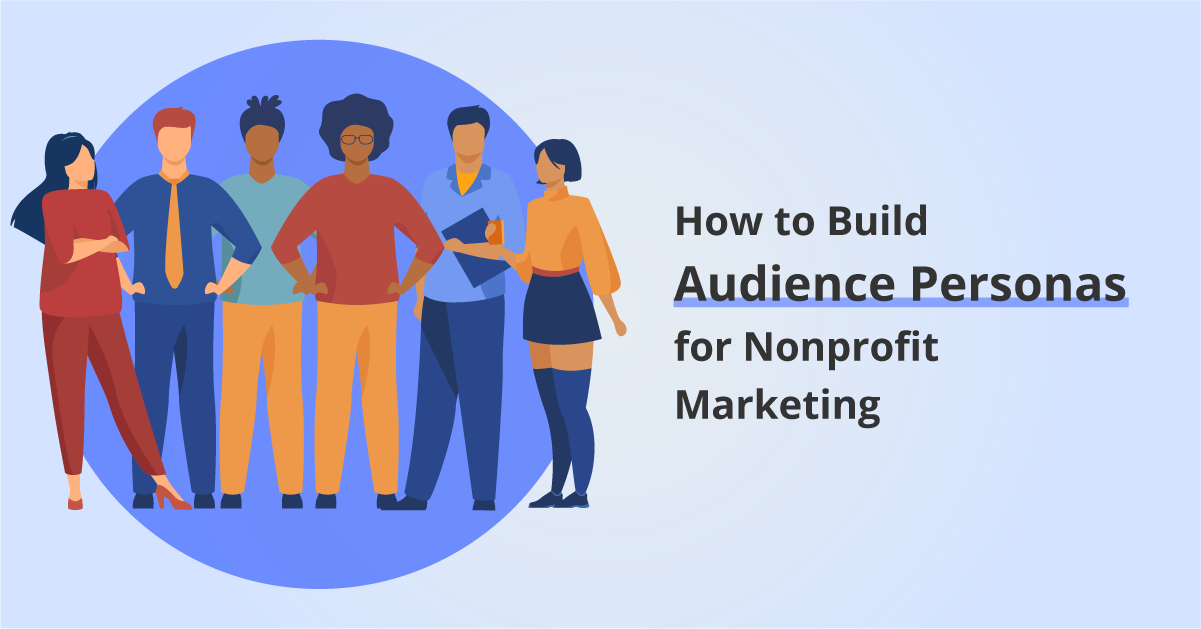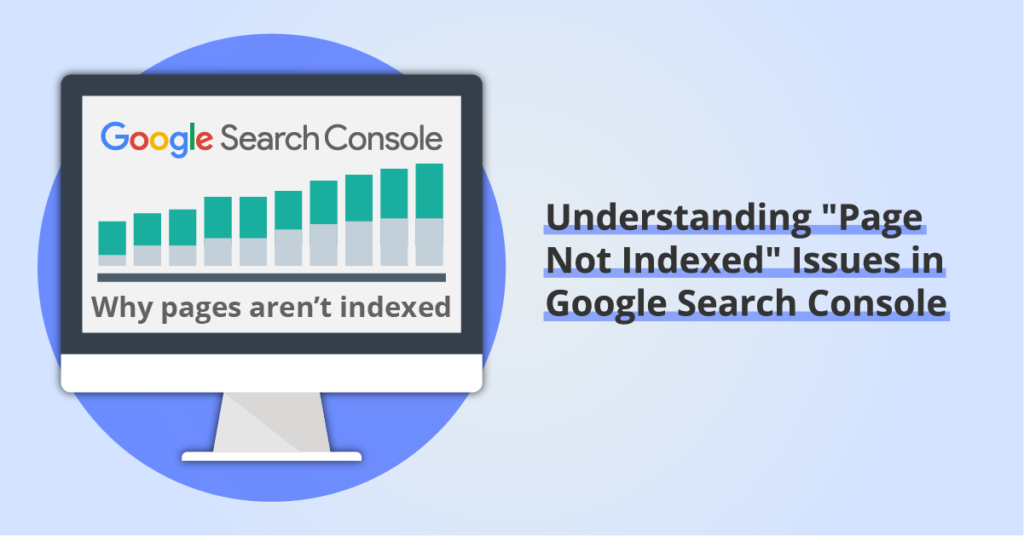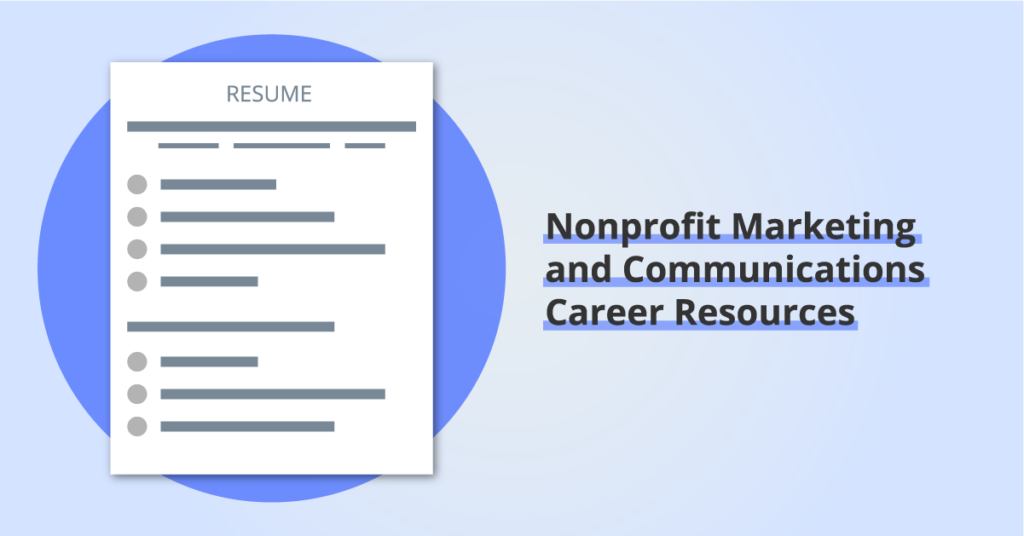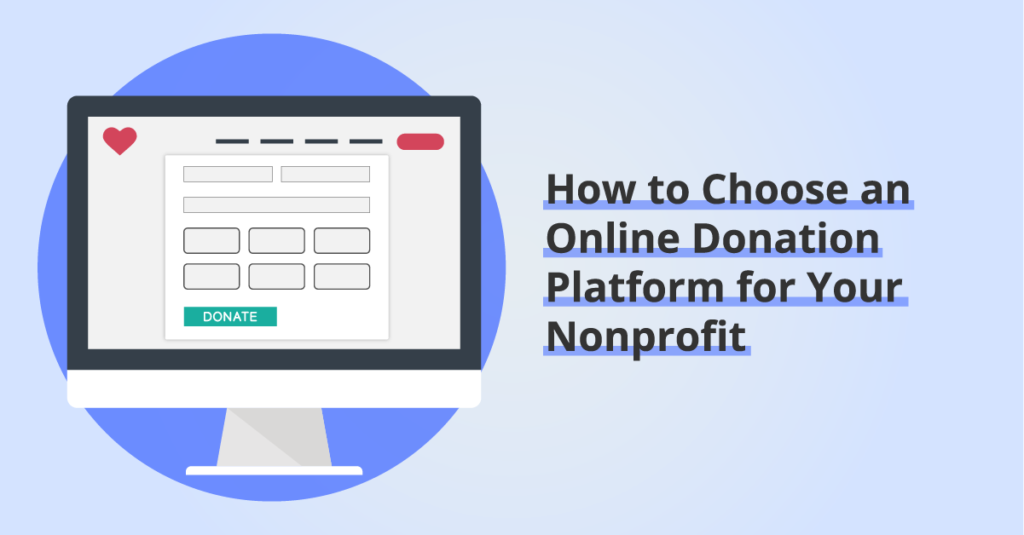How to Build Audience Personas for Nonprofit Marketing
By: Ed Harris / Published: March 11, 2020 / Last updated: June 28, 2024

Think about the last time you emailed someone — perhaps a professional contact. As you were writing, you probably thought of that person, recalling basic information about them to communicate effectively.
In the business world, the concept of a buyer persona helps fill that information gap when developing marketing messages to an audience of customers that the marketer doesn’t know individually.
A buyer persona is a semi-fictional representation of an ideal customer for the business. Buyer personas are developed using a combination of information about existing customers and market research, and will include information about demographic traits, what matters to them, and the challenges they face. These details help marketers develop communications that are more likely to resonate with existing or future customers.
For nonprofit marketers, developing personas to describe the audiences you’re communicating with is just as powerful and important.
However, nonprofit organizations are less often trying to sell a product or service, so instead of buyer personas, we’ll refer to our semi-fictional characters as audience personas instead.
In the rest of this article, we’ll review some common types of audience persona you might need for your nonprofit communications strategy. We’ll also review some key steps to include as you develop your audience personas.
Audience Persona Types for Nonprofit Organizations
A typical nonprofit communicates with several different audiences. An important first step is to define those audiences and think about how much variation there is within each audience.
An easy way to build a list of audiences is to start with a list of actions you want people to take. For example, when working with a local community theater and arts organization on this exercise, we made a list of four core actions their audience takes:
- Buying tickets for shows
- Making donations
- Enrolling their children in educational programming
- Signing up as a business sponsor
Once you have a list of actions, you can translate these into the people that take those actions. In the case of the theater, we had:
- Attendees
- Donors
- Parents
- Business Owners
Of course, there will likely be some overlap between these categories. That’s fine. Remember, the personas we create are just representations of people, and are used to help craft and deliver messages that lead to a certain action more effectively.
Next, let’s look at a common process for creating audience personas to match the roles you’ve identified.
1. Explore your marketing database
In as much detail as you can, generate some reports from your customer relationship (CRM) or marketing database. Include as much basic demographic data in your reports as possible, as well as geographic data, and how long the individuals have been connected to your organization.
You will want to include some additional data fields for the different categories of people defined above.
For example, for our theater organization, the “parents” file could be pulled from records of families that have registered for Theater Camp over the past few years. Additional relevant information might include the ages of their children, and whether the parents had made a donation alongside their registration fee.
For donors, you may want to supplement your data with information about the frequency and amount of their gifts, the donor’s household income, employment status, and age range.
2. Select some interviewees and start talking
To understand what matters to your audience members and what motivates them to take action, you need to talk to them. Try to pick at least 3-5 people in each category, and find time for a short, unstructured conversation.
Let them know they’re helping you better understand your organization’s audience in order to build a more effective marketing strategy and have greater impact. Provide some reassurance that the information they share will be kept private and confidential (or get consent to share their information if you plan to share individual data with others).
Try to gather some of the following information (and add your own items too):
- Basic demographic information
- How they first heard about your organization
- What motivated them to interact with your organization
- What keeps them engaged with your organization
- What challenges does engaging with your organization help them overcome
- What other organizations they support
- Where they like to find information
For every one of those “what” and “where” questions, you’ll get more information by letting the interviewee talk for a minute, and then asking a “why” follow-up question.
For example, an interviewee might list four or five other nonprofit organizations they support, but you might need a “why” follow-up question to learn what it is about this group of organizations that matters to this individual.
3. Summarize your findings
Once you have completed this process, you will have a lot of rich data about the people who interact with your organization. Compare data for interviewees from the same audience category to see what themes emerge, and see if you can start to define a single persona for each audience category.
If some categories contain a wider variety of data, it’s fine to develop more than one persona: for example, it might be helpful to have donor personas that capture donors who have recently made their first, smaller gift, separate from longer-term, sustaining donors that have been supporting your organization for many years.
Here are some of the pieces of information to add to each persona.
Audience category:
e.g. Local parents; Theater enthusiasts
Background:
- Occupation
- Educational background
- Hobbies, Interests
Demographics:
- Age range
- Gender
- Household income
- Where they live (urban/rural)
Connection to Organization:
- I/We first got connected to [ORGANIZATION] because …
- I/We value [ORGANIZATION’S] work because …
- Being involved with [ORGANIZATION] helps me/us feel …
Information habits:
- Are they subscribed to your email list, and do they open/click your emails?
- Do they follow your organization on social media?
- Do they attend in-person or virtual events?
- Do they frequently share information about your organization with their networks?
Optional: Include a few real quotes from interviews!
4. Share with your team
Once you have developed a complete set of audience personas based on your research, find a time to share these internally.
Depending on the size and structure of your organization, you might just share these within your communications and marketing team, to help develop better messaging and improve communication outcomes. However, this can also be very valuable information to share with fundraising teams, and those working on program design.
Any time you have an opportunity to use personas as a conversation-starter about how to better engage your audiences, take it!
Need professional support with your nonprofit marketing strategy?
We work with nonprofit communications pros and mission-driven marketers. Book a free consultation and we’ll walk you through the strategy framework we use to develop marketing and communication plans.




